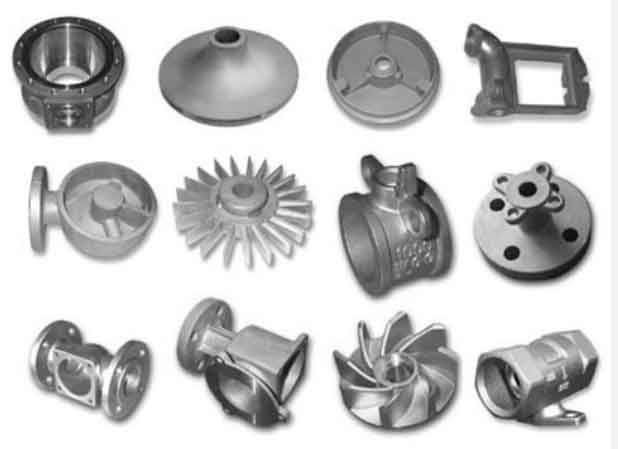Grey cast iron is just one type of cast iron, and it has distinct characteristics that differentiate it from other types. Here, we will provide a comparative analysis of grey cast iron with two other commonly used cast iron types: ductile iron and white cast iron.

Grey Cast Iron:
- Graphite Formation: Grey cast iron gets its name from the graphite flakes present in its microstructure. These flakes provide excellent damping properties and contribute to its characteristic gray appearance.
- Mechanical Properties: Grey cast iron has good compressive strength and hardness, making it suitable for applications where load-bearing capacity and wear resistance are important. However, it has relatively low tensile strength and limited ductility.
- Damping Capacity: Grey cast iron exhibits exceptional damping capacity, making it ideal for applications that require vibration absorption and noise reduction.
- Machinability: Grey cast iron is known for its excellent machinability, allowing for easy shaping and forming of complex geometries.
Ductile Iron (Nodular Cast Iron):
- Graphite Formation: Ductile iron contains nodular or spherical graphite in its microstructure. The spherical graphite provides better ductility and impact resistance compared to the flake graphite in grey cast iron.
- Mechanical Properties: Ductile iron has higher tensile strength, ductility, and impact resistance compared to grey cast iron. It offers improved mechanical properties and can withstand higher loads and impacts.
- Versatility: Ductile iron can be used in applications where both strength and ductility are required, making it suitable for a wide range of applications including automotive components, pipes, and machinery parts.
White Cast Iron:
- Graphite Formation: White cast iron has no graphite present in its microstructure. Instead, it consists of carbides, which give it its characteristic white appearance.
- Mechanical Properties: White cast iron is extremely hard and brittle, offering excellent wear resistance. However, its lack of ductility makes it unsuitable for applications where shock absorption or high impact resistance is required.
- Abrasion Resistance: White cast iron is often used in applications where resistance to abrasion and wear, such as mining equipment, grinding balls, and pump components, is critical.
When comparing these cast iron types, grey cast iron is preferred for applications where damping capacity, cost-effectiveness, and good machinability are important. Ductile iron is chosen for applications that require higher tensile strength, ductility, and impact resistance. White cast iron is primarily used in applications that demand exceptional wear resistance but can sacrifice ductility and impact resistance. Ultimately, the selection of the cast iron type depends on the specific requirements of the application and the desired balance of mechanical properties.
